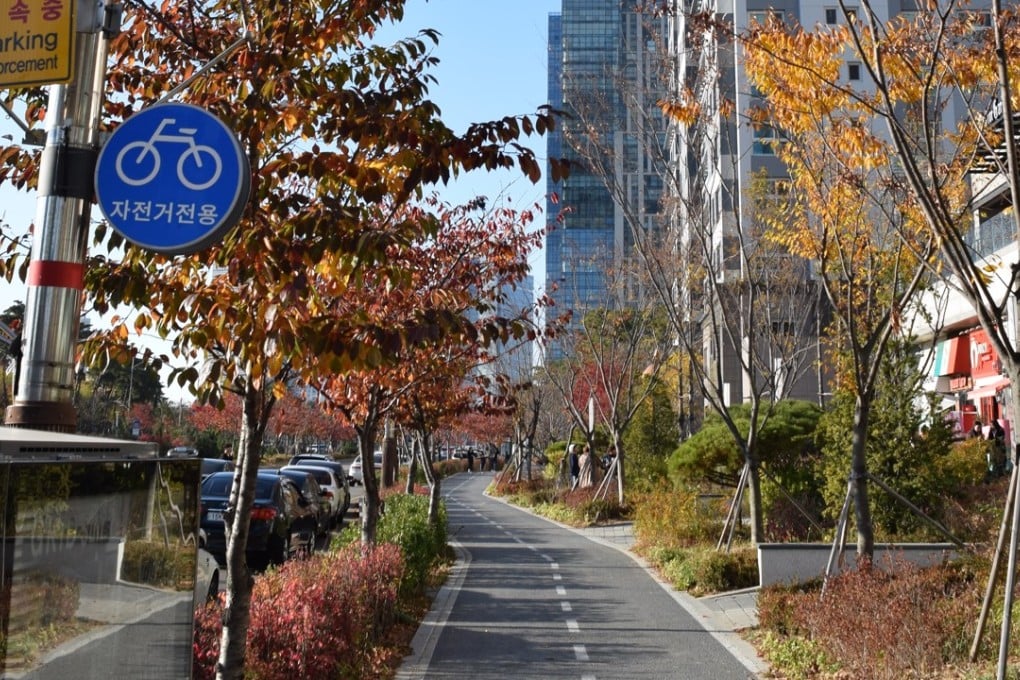South Korea’s ‘Smart City’ Songdo: not quite smart enough?
Promoted as the answer to the ills of modern-day living in Seoul, the development is overdue, overpriced and underpopulated. ‘A Chernobyl-like emptiness’, as one critic puts it

LOOKING wistfully around at the surroundings, a strange mix of marshland and random high-rise buildings, Shim Jong-rae shakes his head, echoing the sentiment of many residents: “It’s a ghost town.”
The brainchild of developers and the government, the vision was to construct a car-free world, with 40 per cent green space and dozens of kilometres of cycling routes.

Living here should be paradise. Technology is ubiquitous. There are no trash trucks; rubbish is pneumatically “sucked out” of houses, recycled to generate electricity.
Digitally advanced apartments, with computers built into the streets and condos to control traffic flow and let neighbours hold video chats with each other. Everything can be done remotely, from opening the front door to attending college classes.